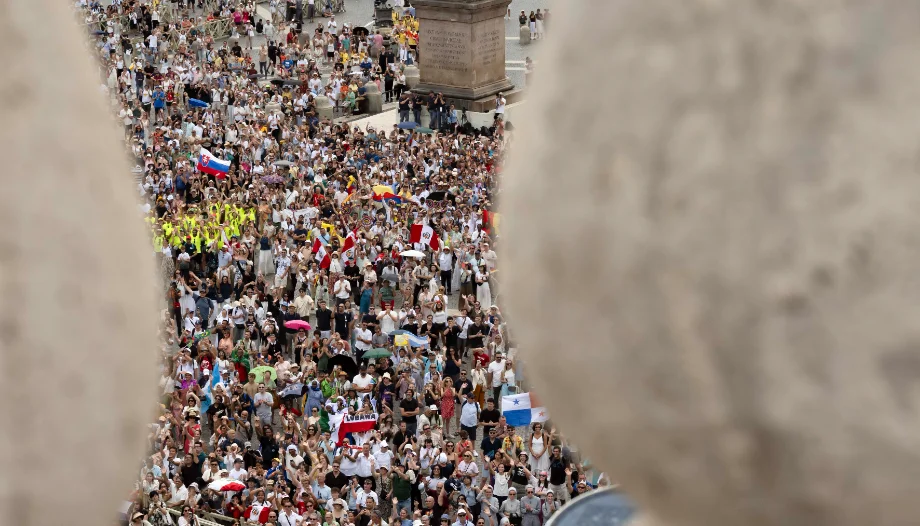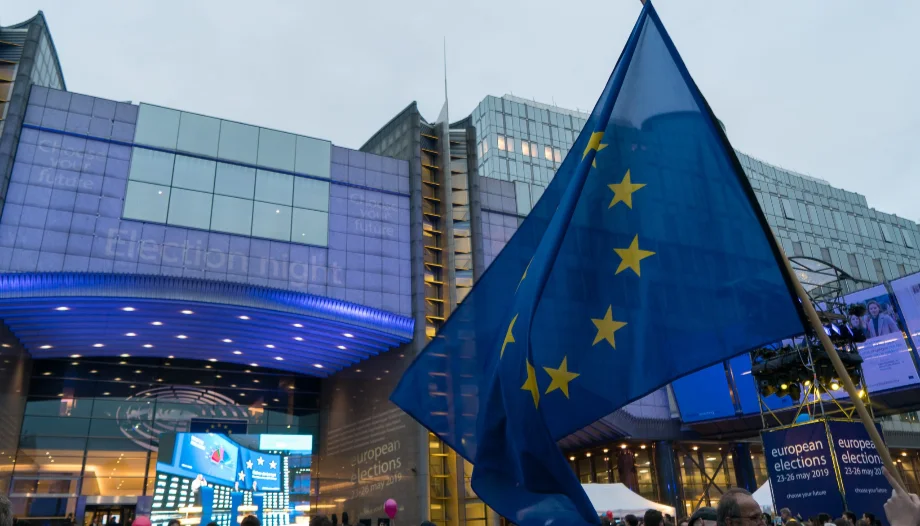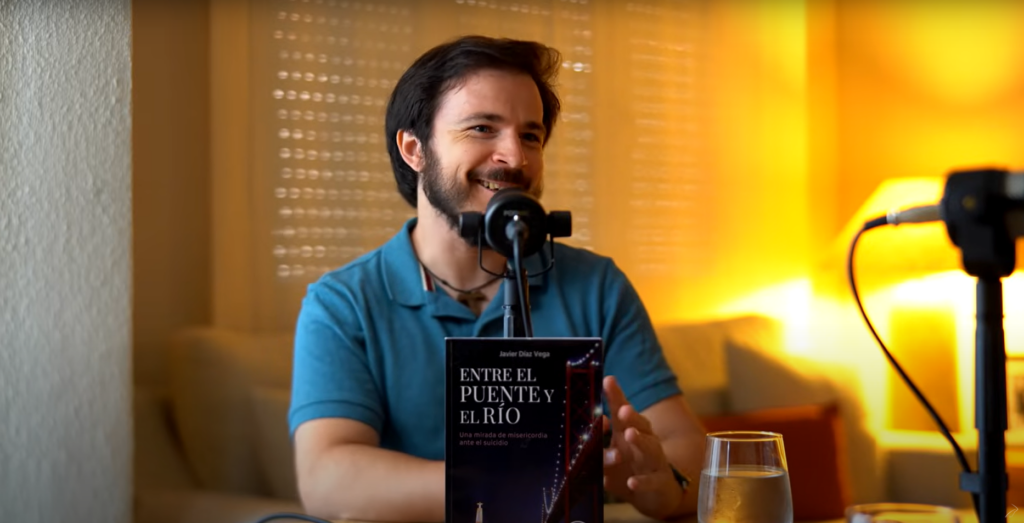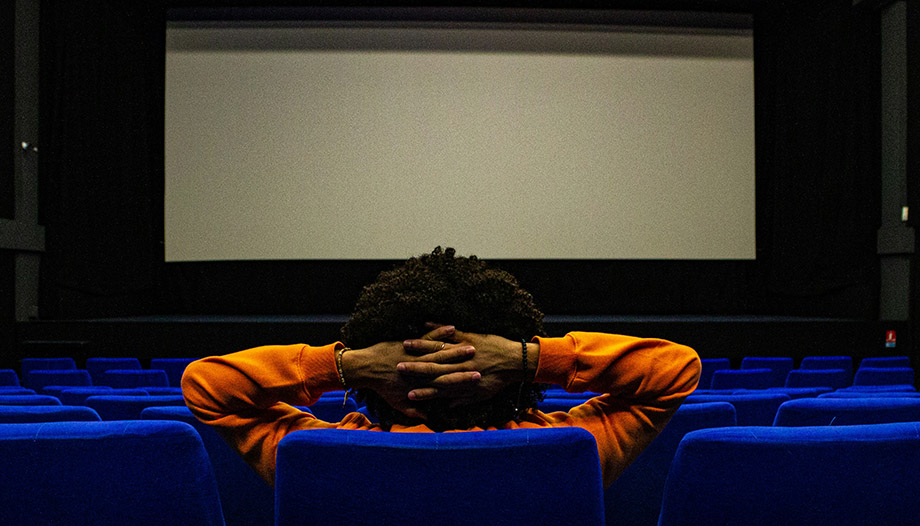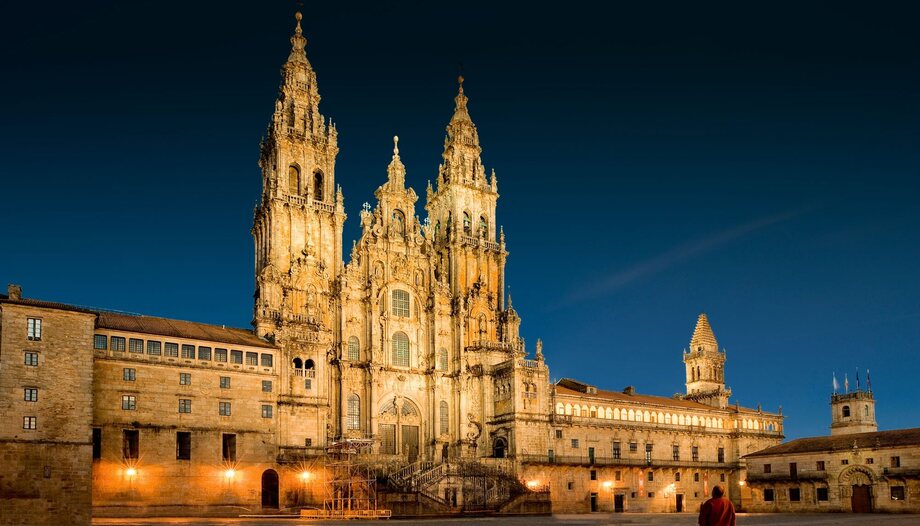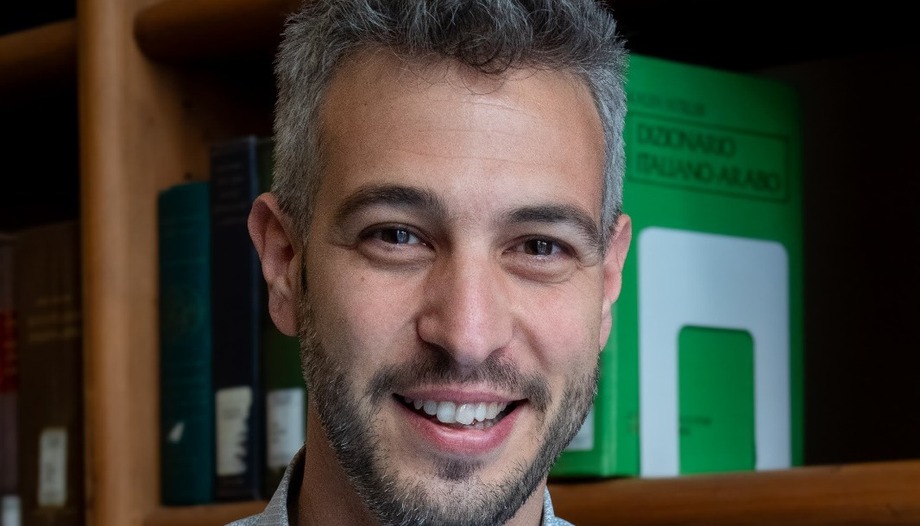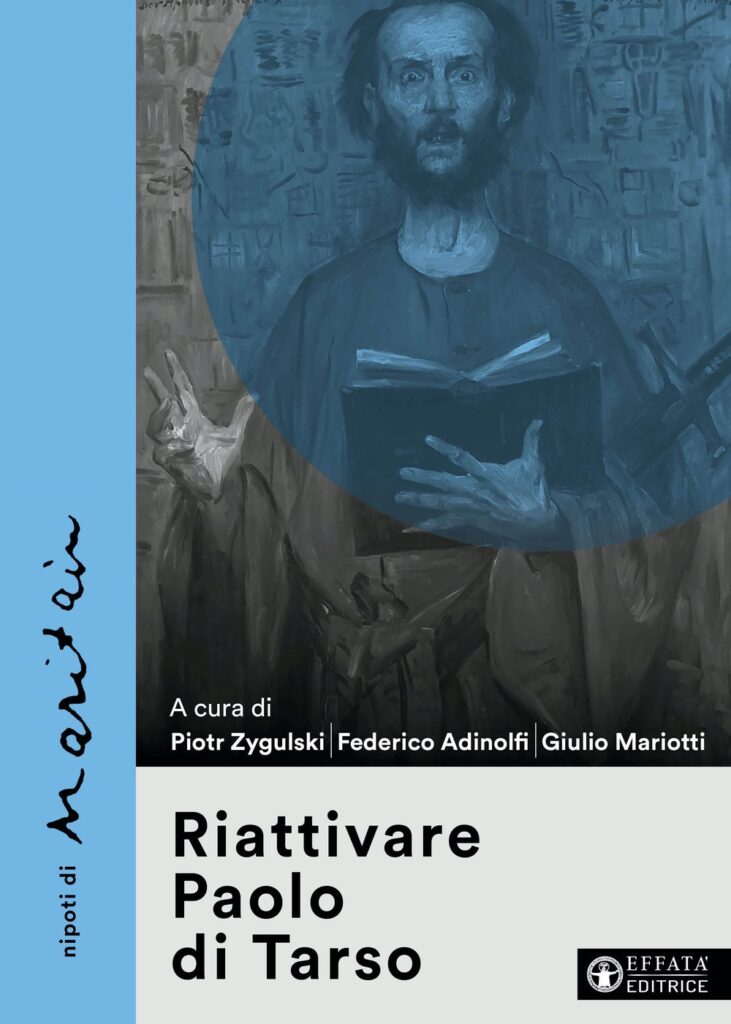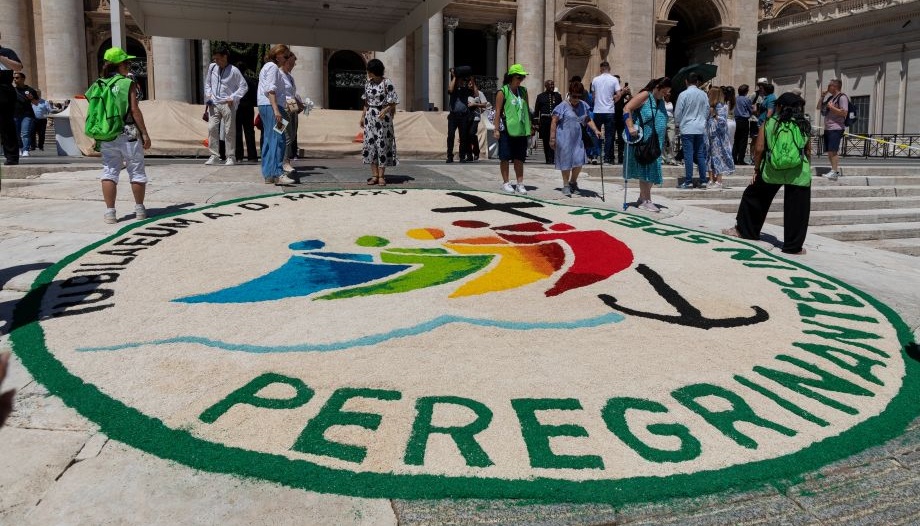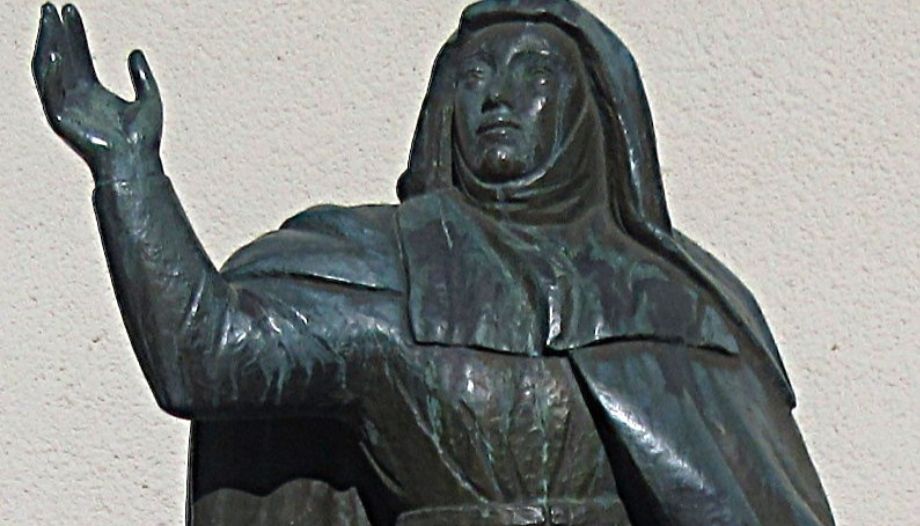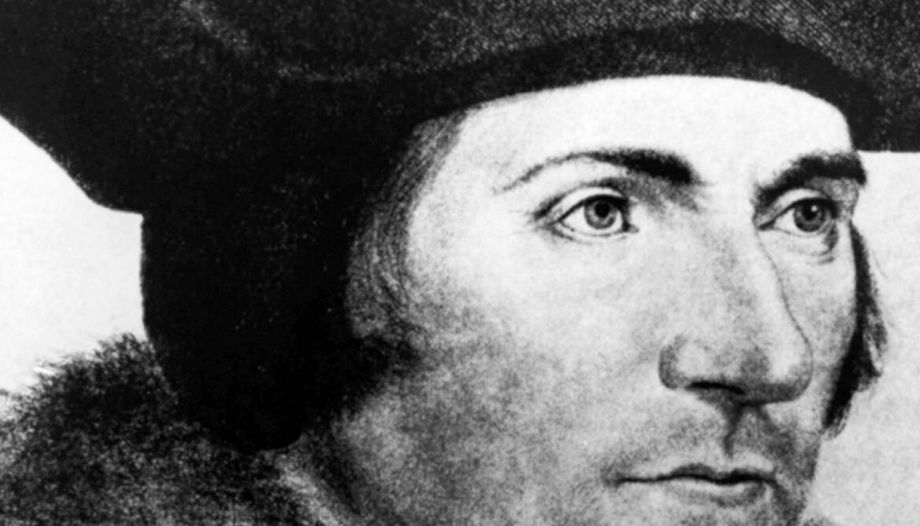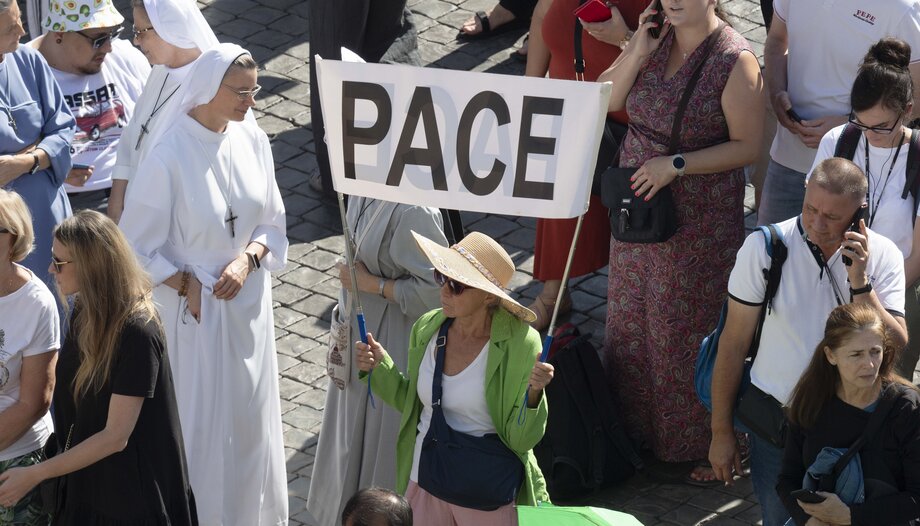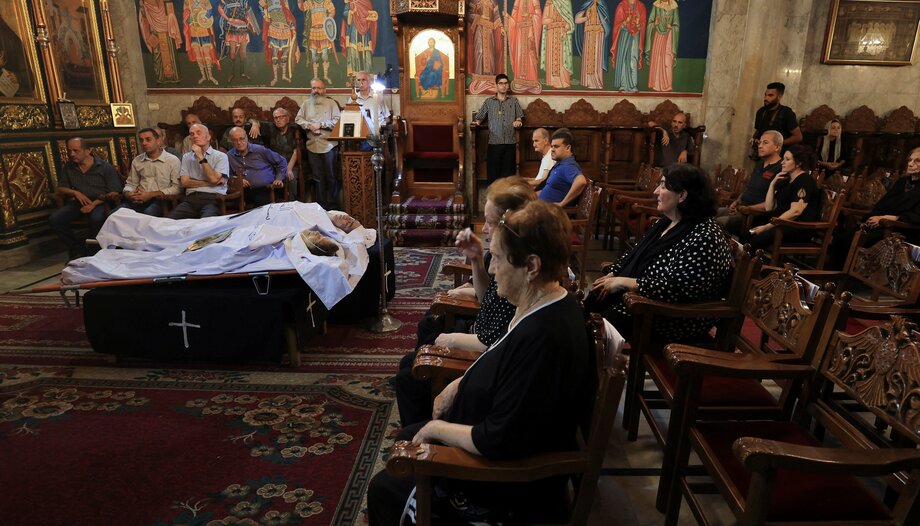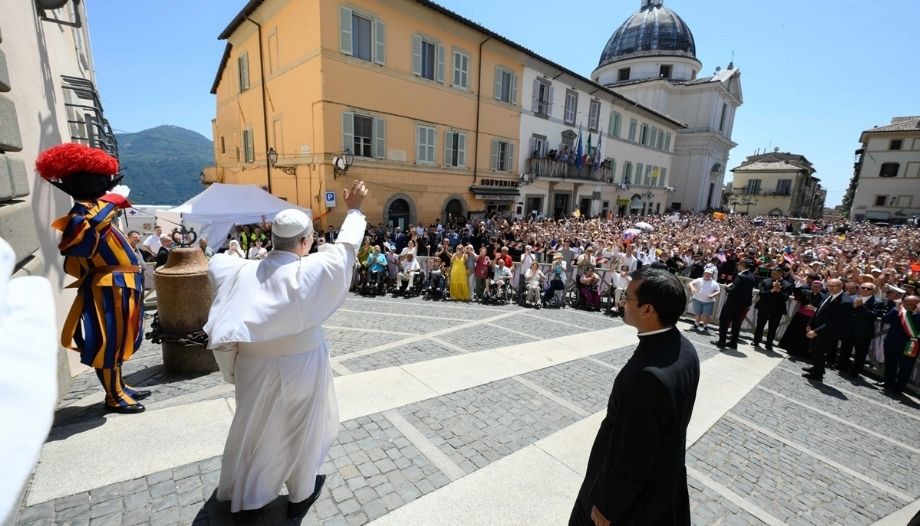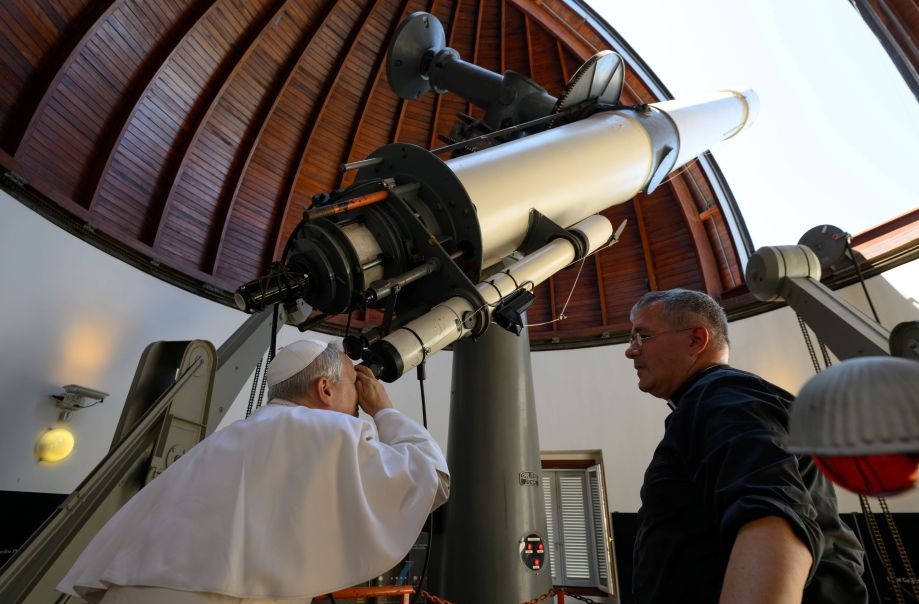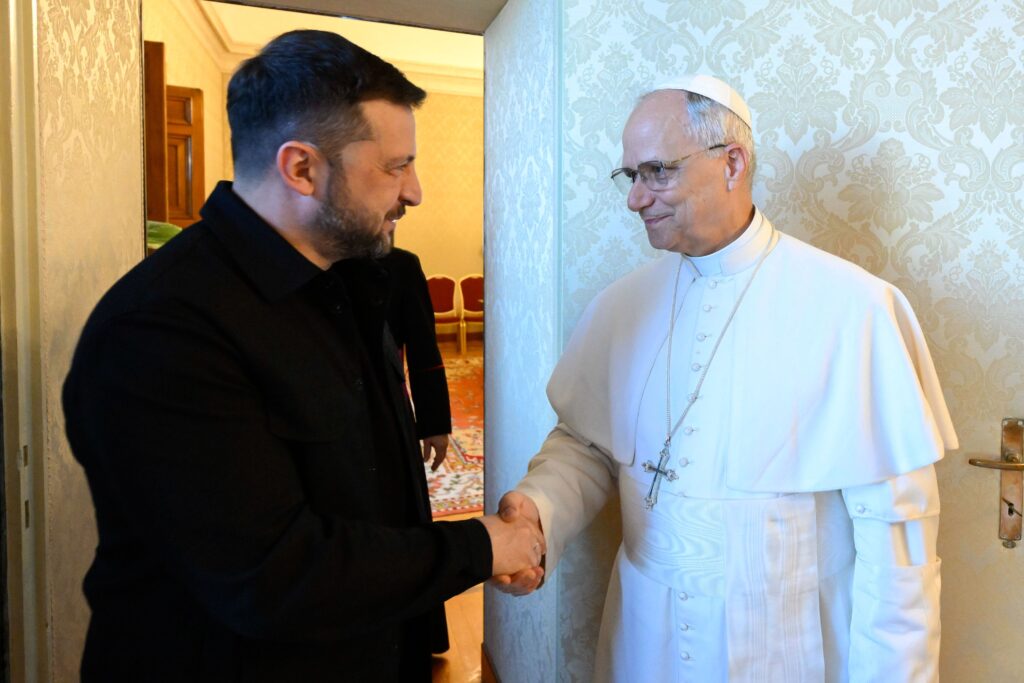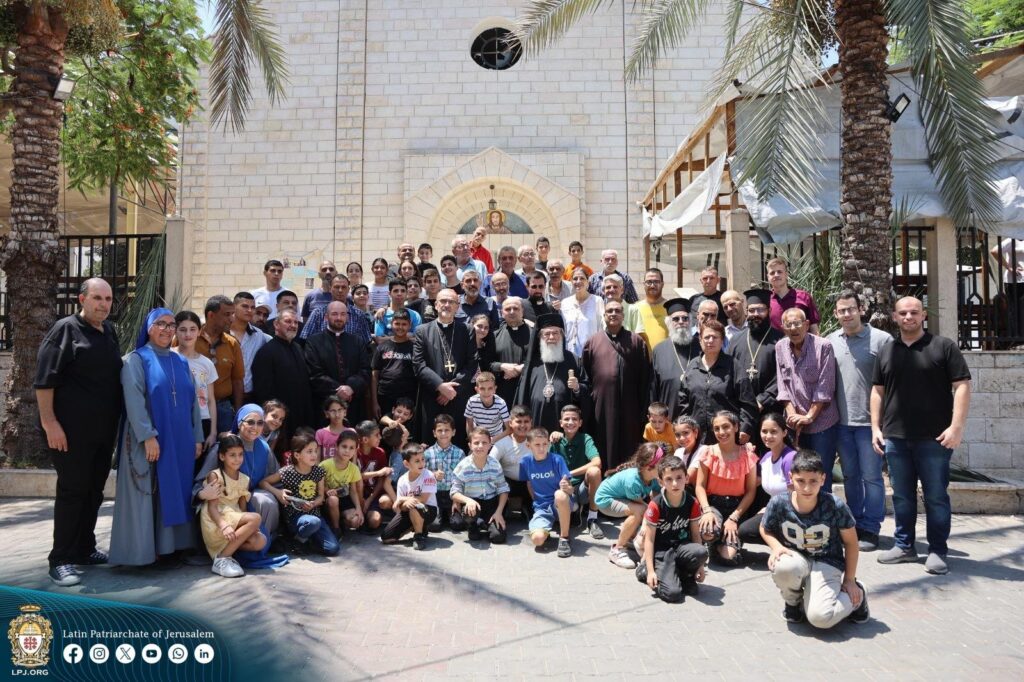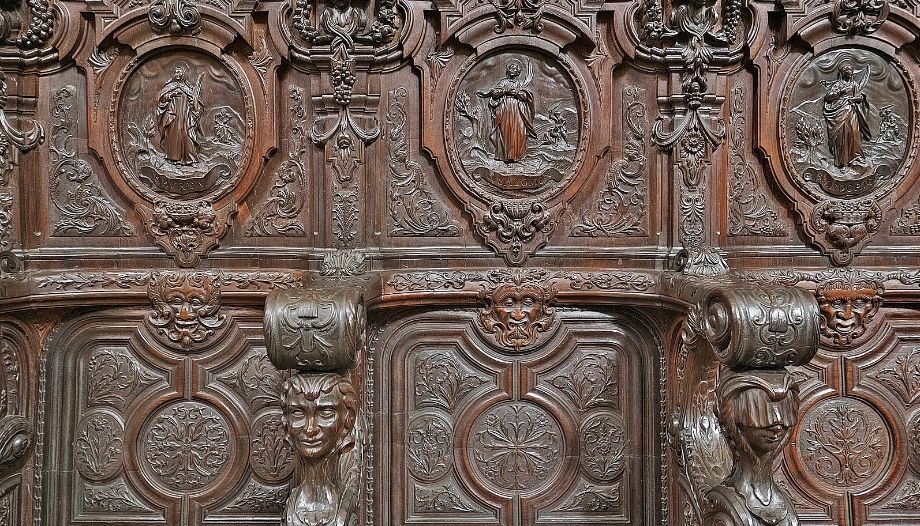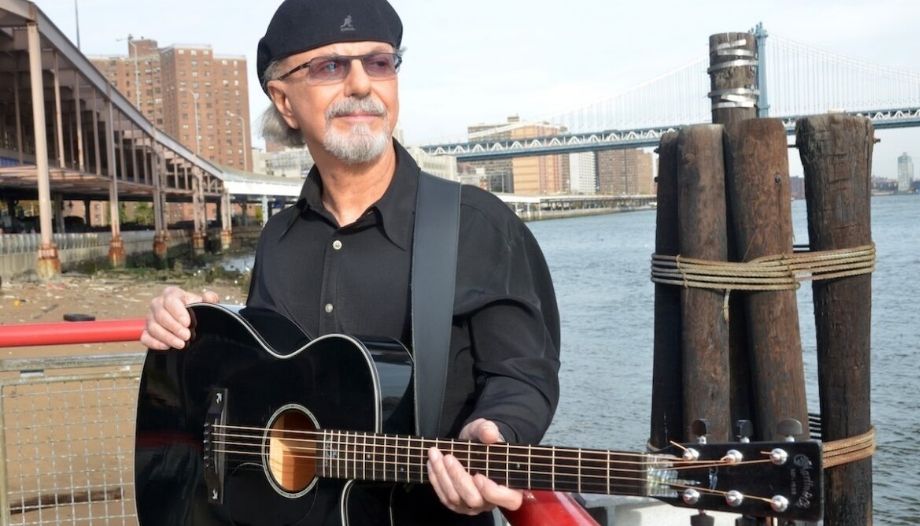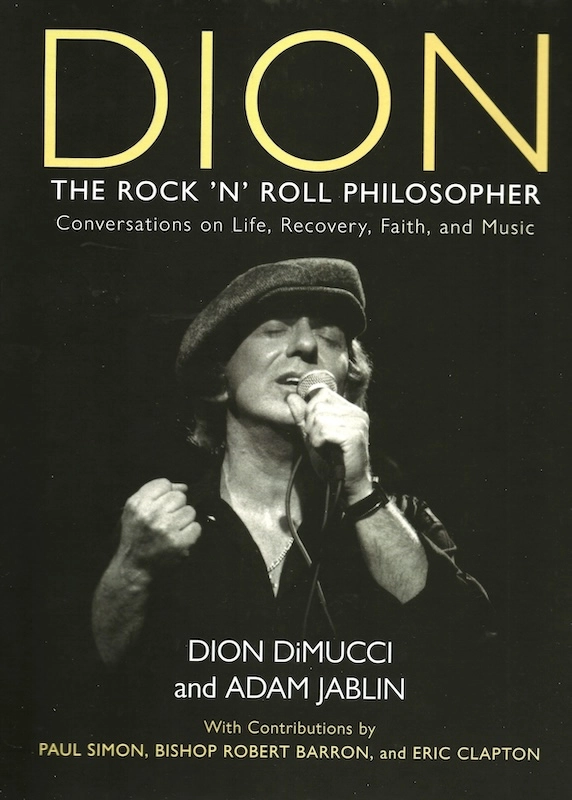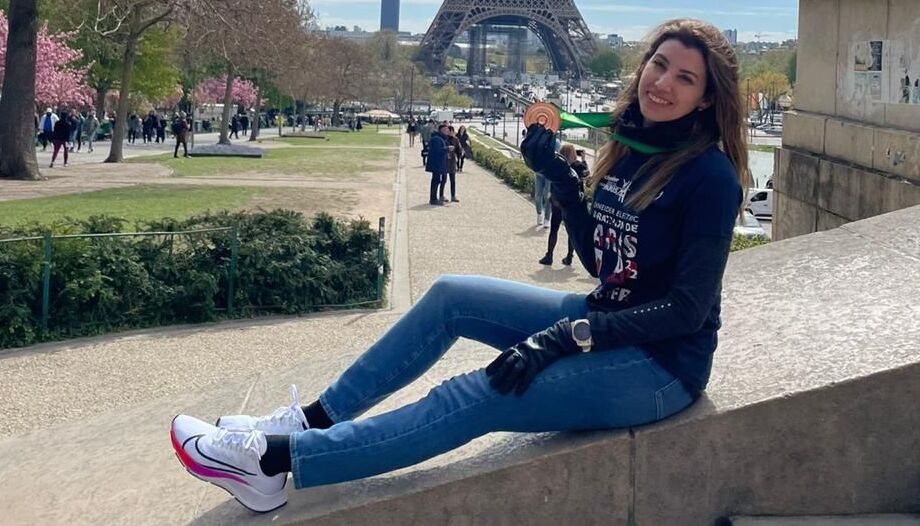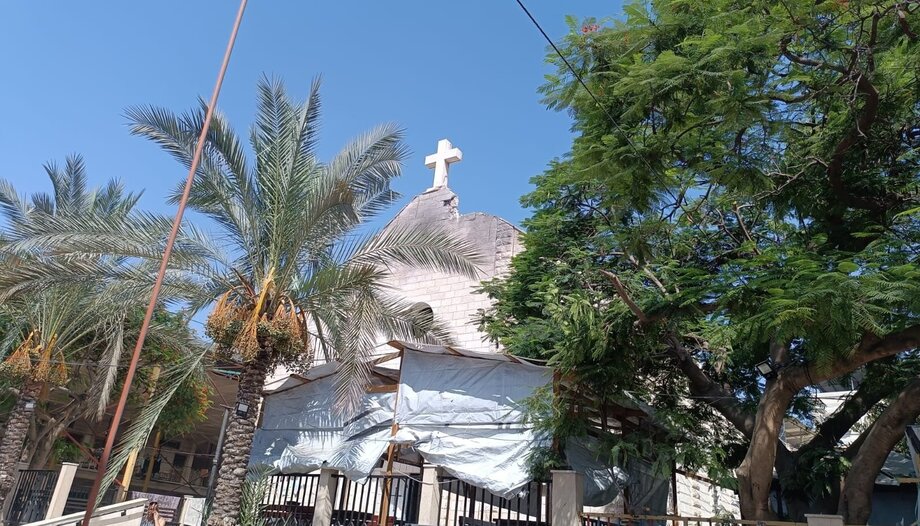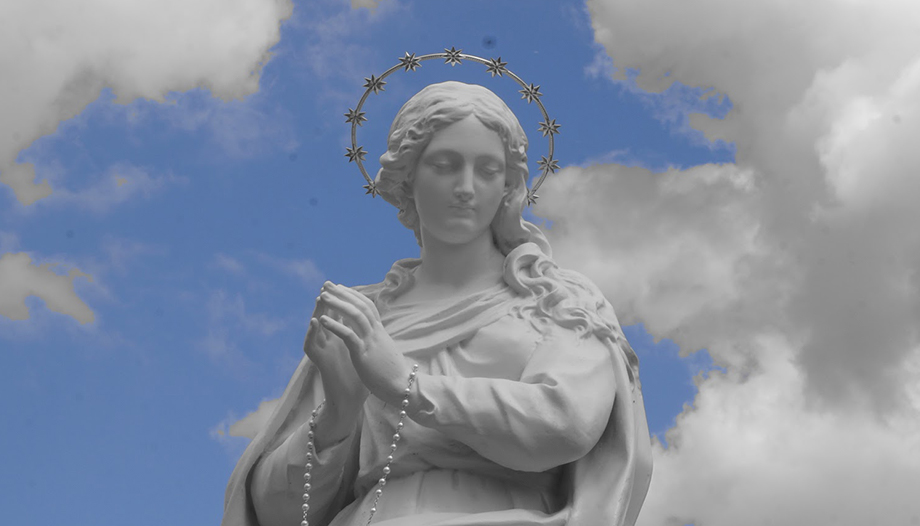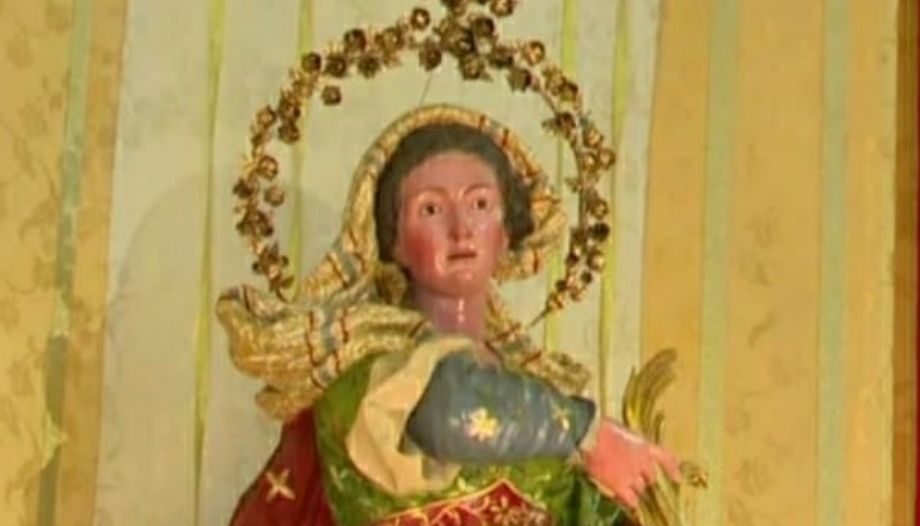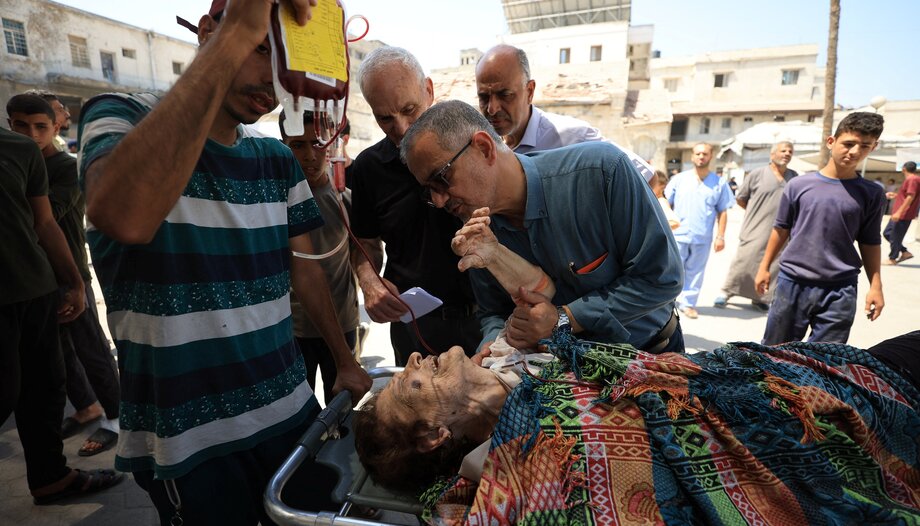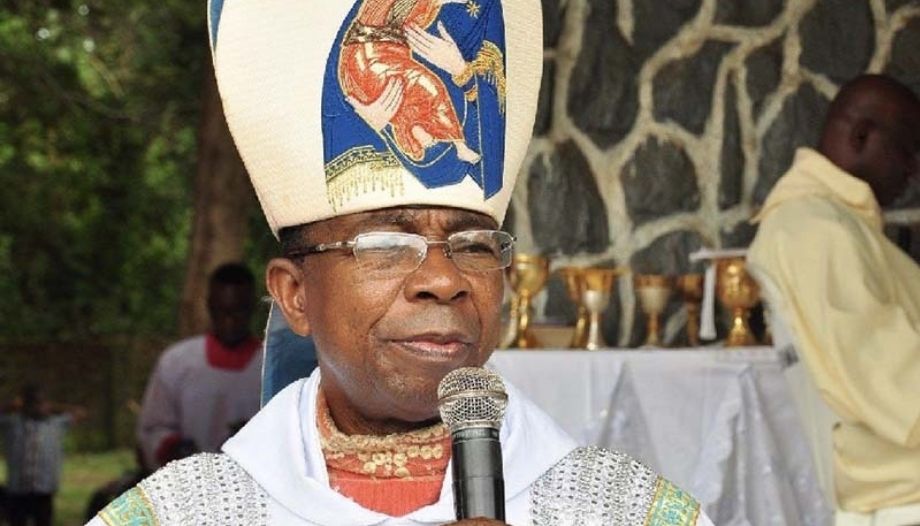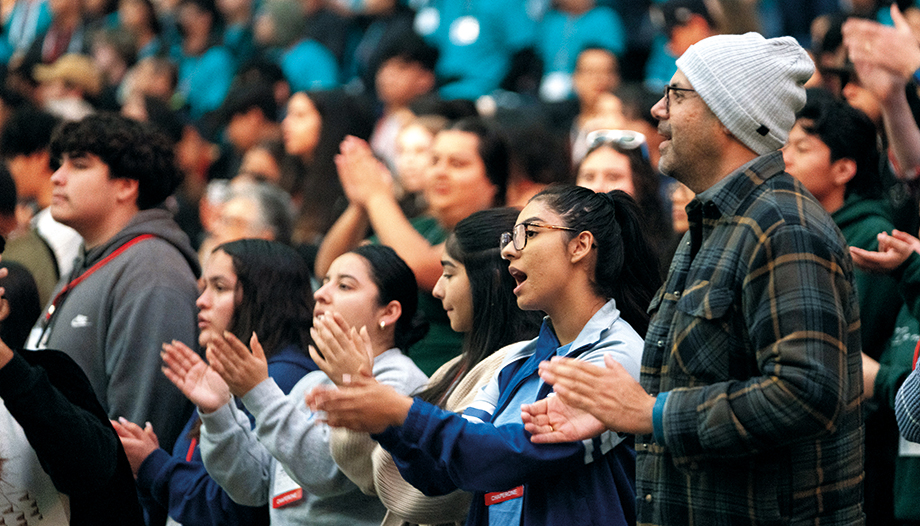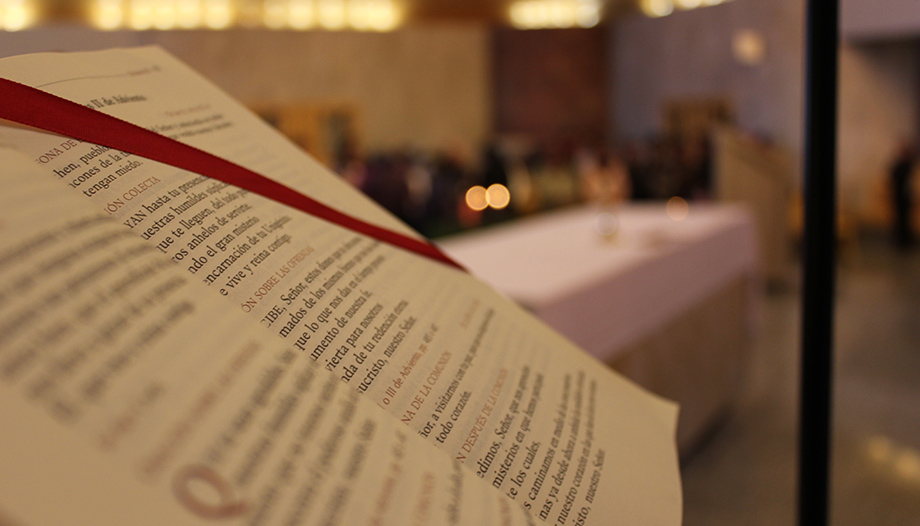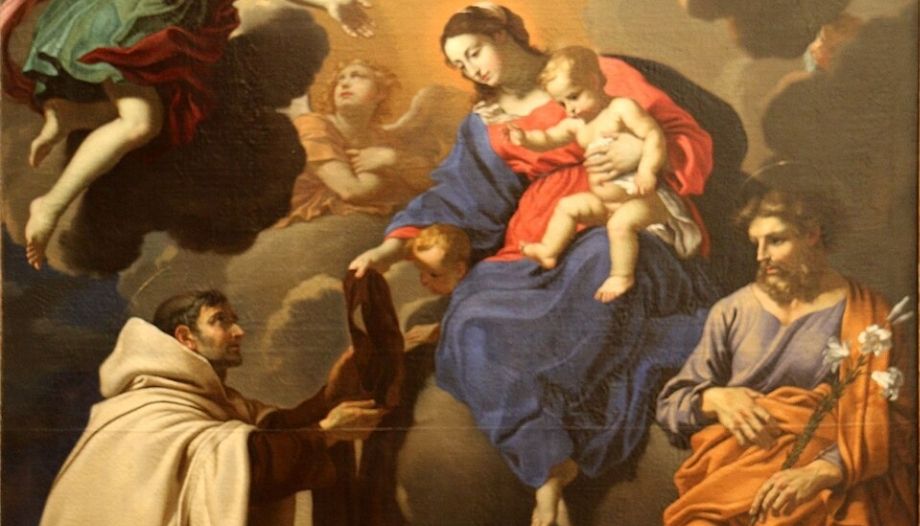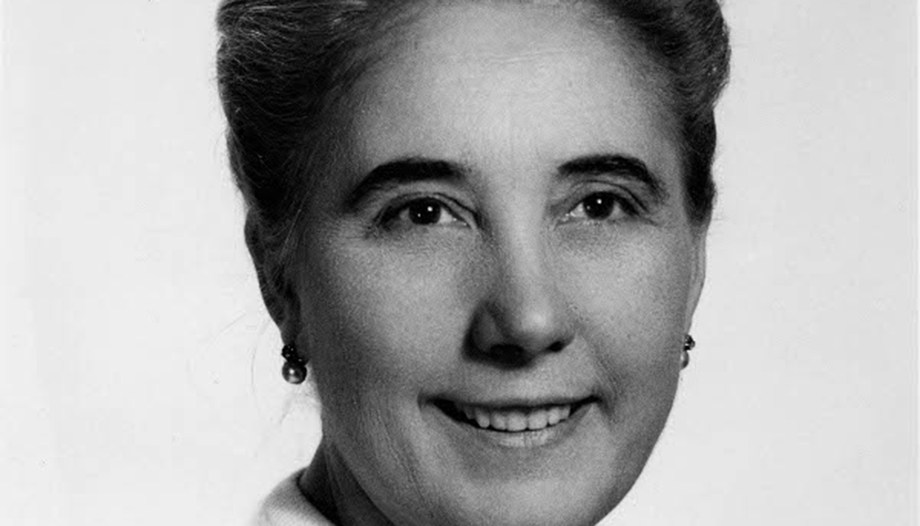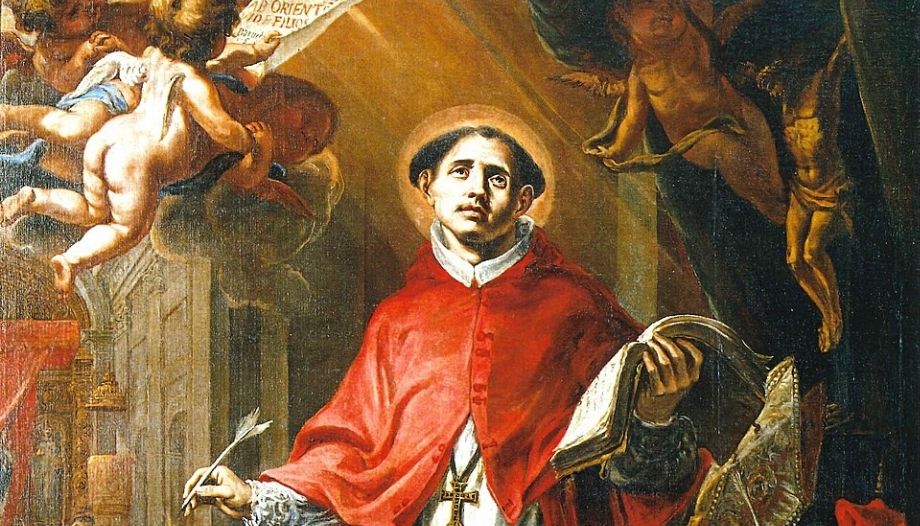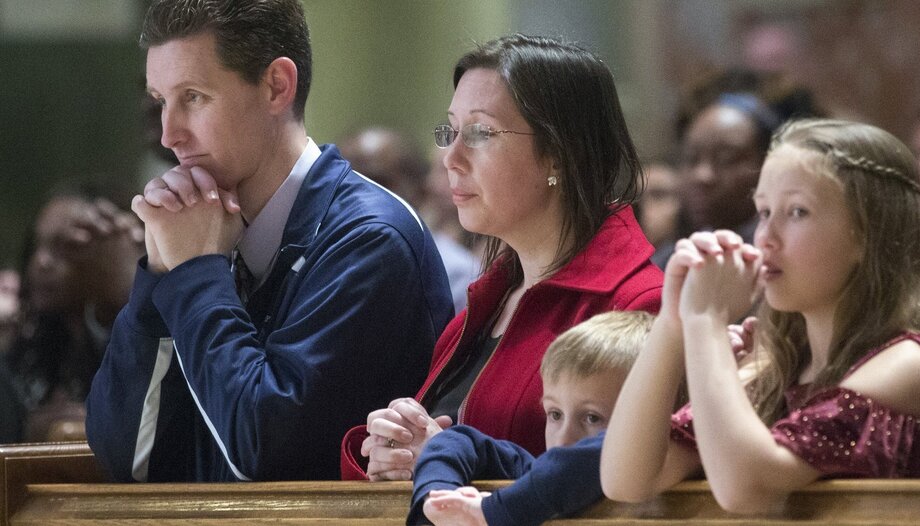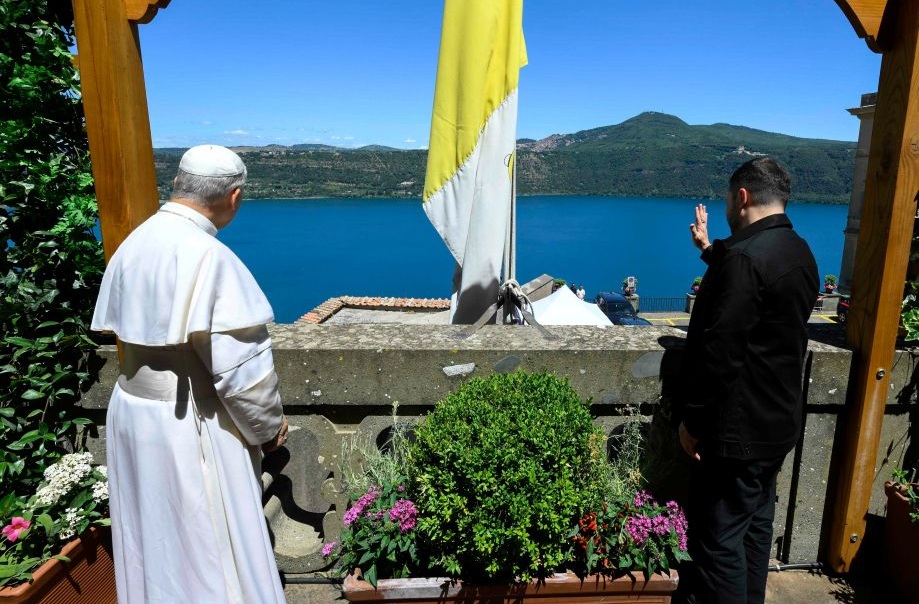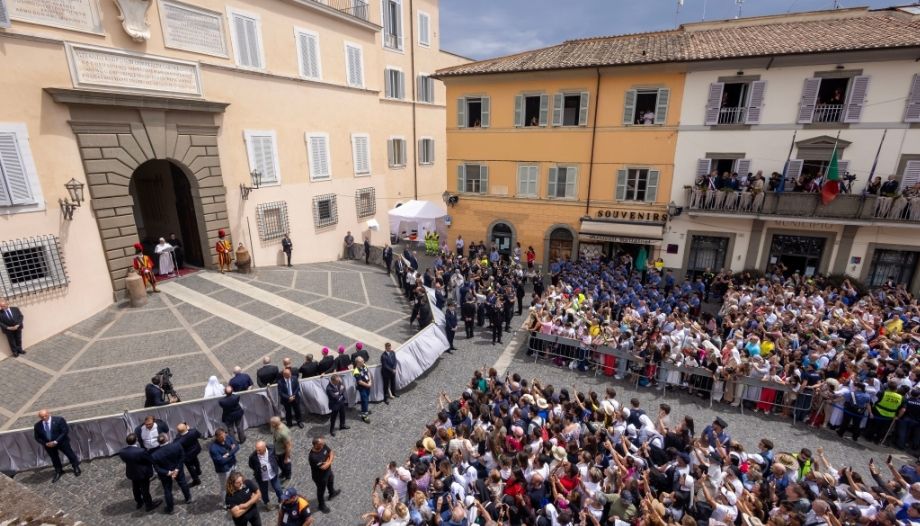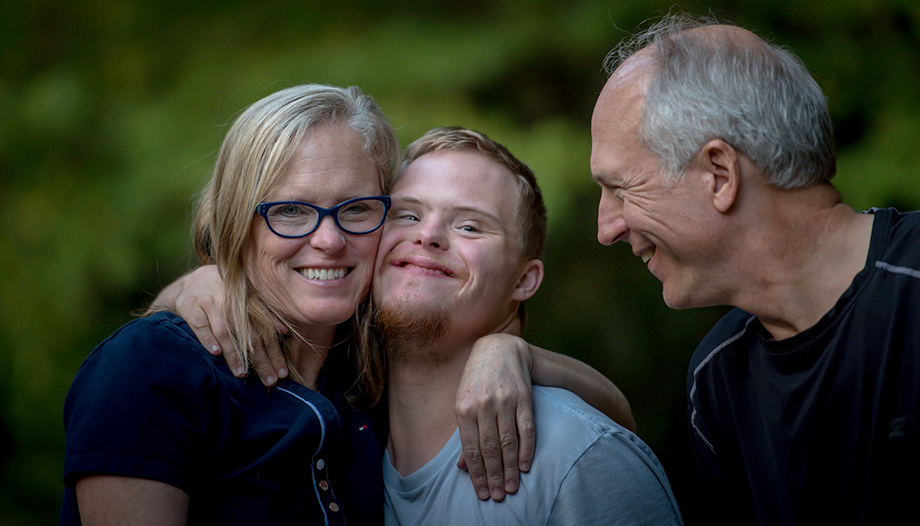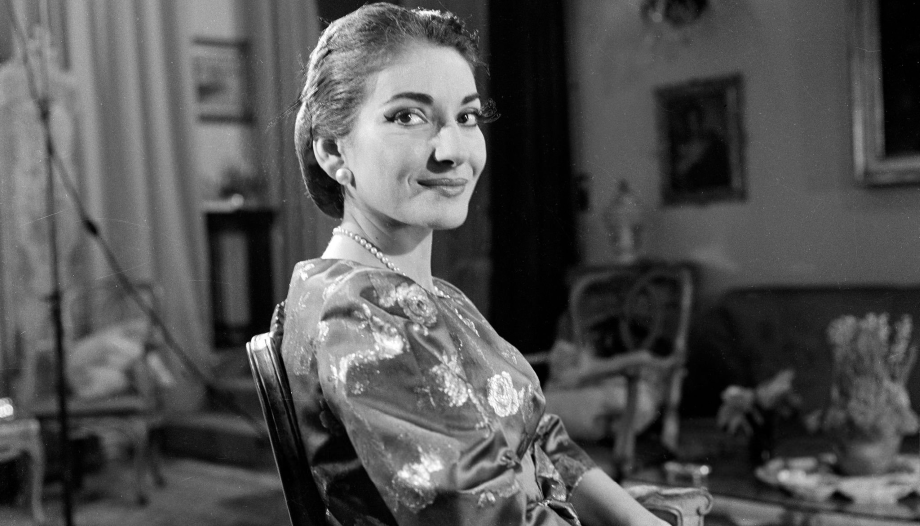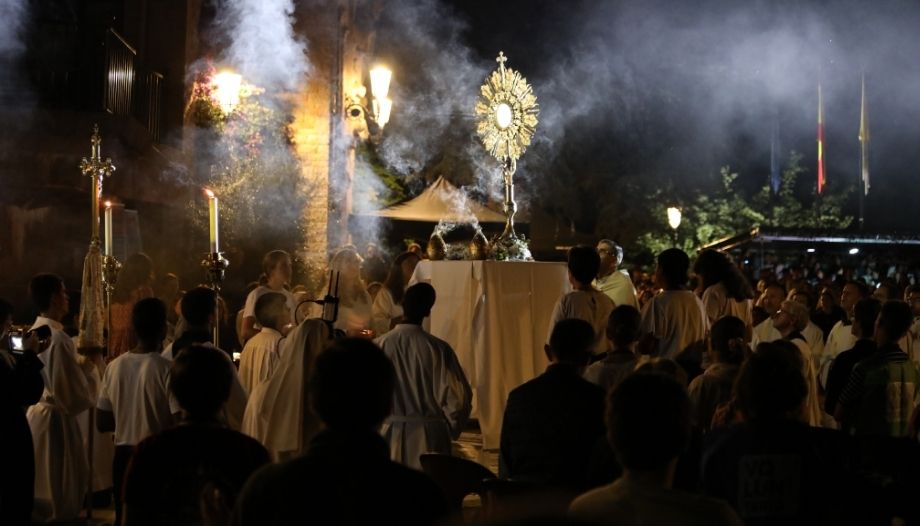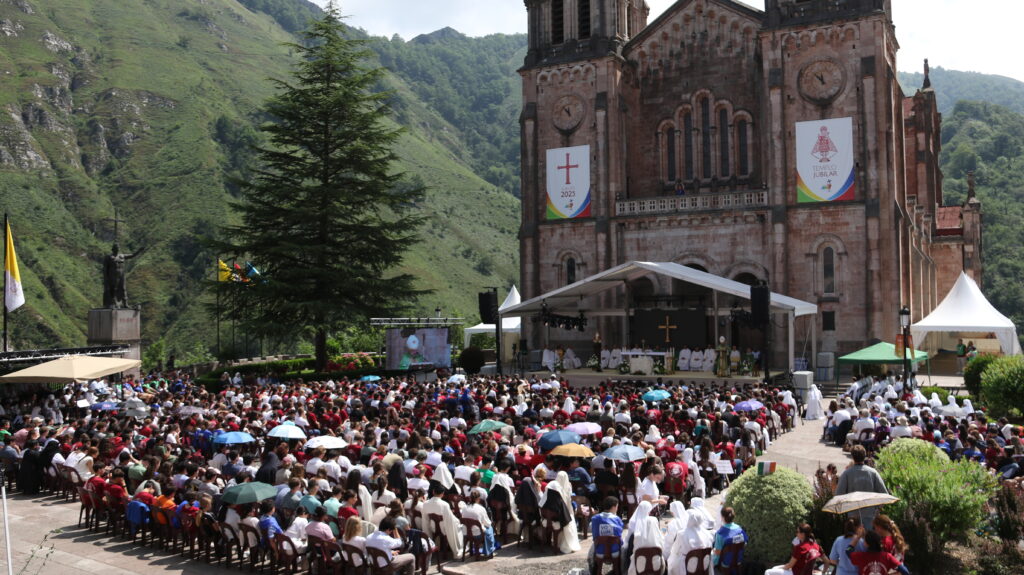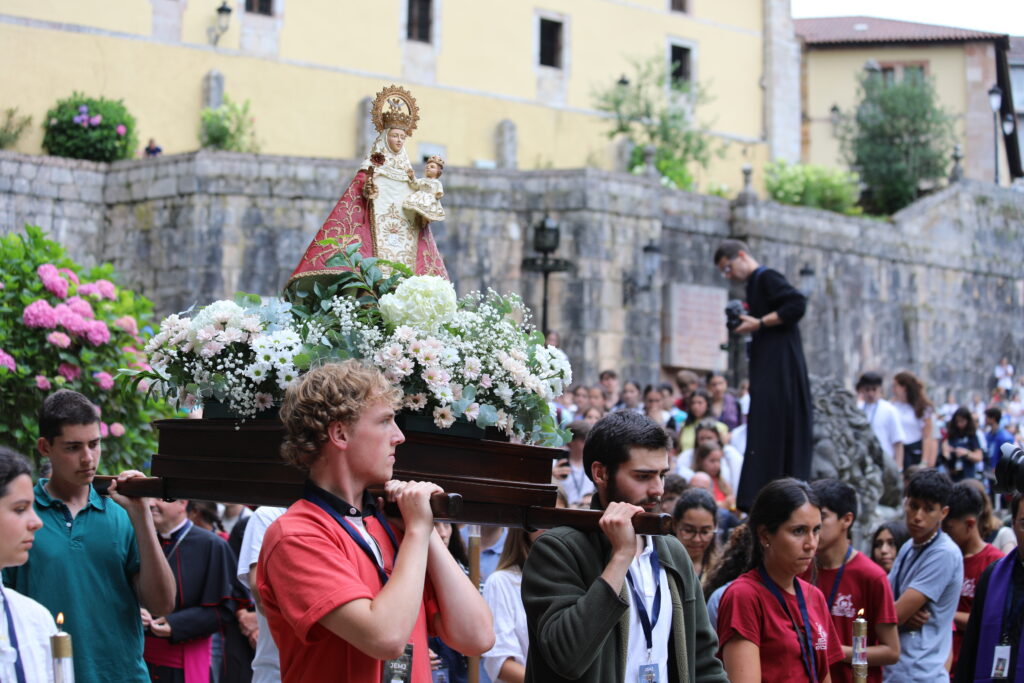– Supernatural Opus Dei's International Communications Office has issued a statement in which he harshly criticizes what he considers a "serious manipulation for media purposes" of an ongoing judicial investigation in Argentina. The communiqué responds to recent statements by the plaintiff's lawyer, who requested that the prelate be summoned to testify in the case. Opus Dei, Monsignor Fernando Ocáriz.
According to the text released, the prelature considers that this petition lacks both factual and legal grounds, and frames it as a misleading strategy that seeks to distort the true objective of a criminal case: "to investigate crimes and seek justice", and not to pursue - as they claim - economic objectives camouflaged as criminal complaints.
The request for the investigation of Fazio and Ocáriz has been presented only by the accusing party to the prosecutor's office and does not constitute a formal accusation. To date, the intervening judge has not summoned to testify any of the persons mentioned by the prosecutor -including three vicars of Opus Dei in Argentina, Monsignor Mariano Fazio and now the prelate Fernando Ocáriz- nor has he issued indictments. Nor is there an oral trial in progress.
Case development
The Opus Dei refers to the fact that the conflict began as a claim for pension contributions (equivalent to the contribution to Social Security in Spain) of a group of women who were members of the prelature. Subsequently, it passed to the civil court as a claim for damages, and ended in August 2024 with a criminal complaint for human trafficking.
The organization argues that this accusation represents a "complete decontextualization" of the lifestyle and vocation of the auxiliary numerarieswho, according to the Prelature, freely choose their path.
The communiqué denounces the instrumentalization of the Argentine penal system to amplify media and public pressure. In this sense, it underlines that the same resource has already been used to try to link other authorities of the organization, such as Monsignor Mariano Fazio, auxiliary vicar of Opus Dei and who was, for a time, regional vicar of the prelature in Argentina.
The case has been in the press for five years and in the Argentine courts for three years, where it is currently in the preparatory criminal investigation phase. To date, the intervening judge has not summoned any of the persons mentioned by the plaintiff's attorney to testify. In summary, the current situation is that a judge is investigating the accusations to see if he will either instruct a trial or dismiss the accusations.
The fact that the prosecuting attorney has been changing over time the object of the accusation and increasingly tries to implicate more and more Opus Dei authorities, is seen by the institution as a way to put pressure through public opinion.
The Prelature has expressed its desire to collaborate with justice and its confidence that the truth will prevail, calling for the preservation of the institutional seriousness of the judicial system and the principle of the presumption of innocence.
Some ideas to understand the context
The case known as that of the "43 former auxiliary numeraries", referring to the number of alleged victims, has been reduced in the judicial process to only one woman, who filed a complaint in September 2024. This complaint is the one that is being investigated since then, following the way of proceeding of the Argentinean justice system, very different from other legal systems such as the American or European ones.
Of those 43 former members of Opus Dei referred to at the beginning, some have resolved their petitions through dialogue and agreement with the Prelature, through the Listening Office. Only one of the cases has had to go through the courts.
During this time Opus Dei has issued several communiqués on the case over the past five years. Along with this, the following have been released numerous data such as the places where these women lived, working conditions, etc. Likewise, representatives of the institution met, on several occasions, with the plaintiff lawyer, who at all times had refused to provide information about the alleged victims.
Timeline
September 2020: The lawyer representing the women raises a claim for not providing social coverage to the 43 women who were members of the prelature, but does not provide individualized information that would allow us to know the particular situation of each one of them.
April 2021The lawyer took the case to the media, adding new criticisms, some of which were false and taken out of context, according to the prelature.
November 2021The regional vicar of Argentina meets with the lawyer, but still does not provide information on each particular case, making it impossible to give an adequate response to each person.
June 2022The prelature created a Listening and Study Commission in view of the lack of judicial presentations by the alleged victims and the frustration of the channels of dialogue through the women's lawyer.
September 2022: Auxiliary Numeraries from around the world publish an open letter calling for respect for their vocation.
December 2022The Healing and Resolution Office was created: based on the healing experience of the listening process for the people who attended, the regional vicar decided to set up a permanent commission open to people who belonged to Opus Dei and who wanted to come forward to resolve a specific question or talk about their experiences in the institution. Through these initiatives, it has been possible to resolve the complaints of some women who are no longer part of the group. Some of them have stated that they only wanted to resolve a pension issue and that they were used without their consent to make serious accusations that they do not share.
March 2024Opus Dei has established for all countries where Opus Dei is present a protocol for dealing with institutional complaints, which includes the creation of Healing and Resolution Offices in the circumscriptions where it is considered appropriate. This type of Office has been created in several countries, for example, in Spain.
September 2024After the prosecutor's office presented its opinion, the information was published in the press and the prosecutor's office included in its institutional newsletter that it had conducted an investigation and had forwarded it to the corresponding judge. There it was clear that the claim had been initiated with incongruent pension contributions and for labor issues, eventually transferable to a claim for damages, had strangely turned into a criminal investigation for "human trafficking" and "labor exploitation". Opus Dei categorically rejected these allegations. At the same time, it maintained its willingness to collaborate with the justice system and to listen with an empathetic attitude and openness to all persons who come forward with a complaint or to share a negative experience.
July 2025Mariano Fazio, former regional vicar of Argentina, currently auxiliary vicar of the Prelature, residing in Rome. A few days later, the plaintiff's lawyer reported in a radio interview that he had asked to include Bishop Fernando Ocariz, a prelate of Opus Dei, in the investigation. Opus Dei maintains that this is a serious manipulation of the judicial system for media purposes in order to put pressure on an economic labor claim, through maneuvers lacking any factual and legal basis.








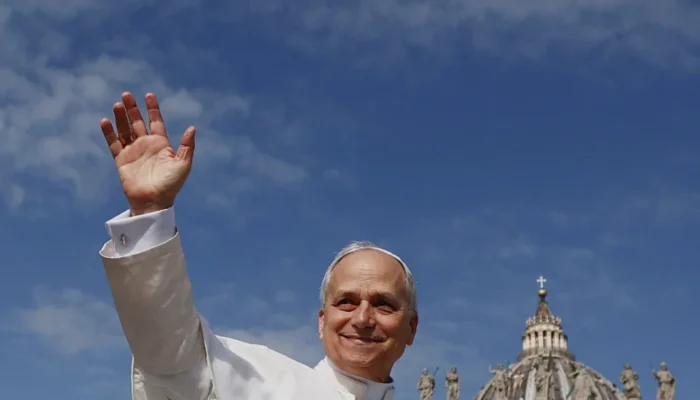

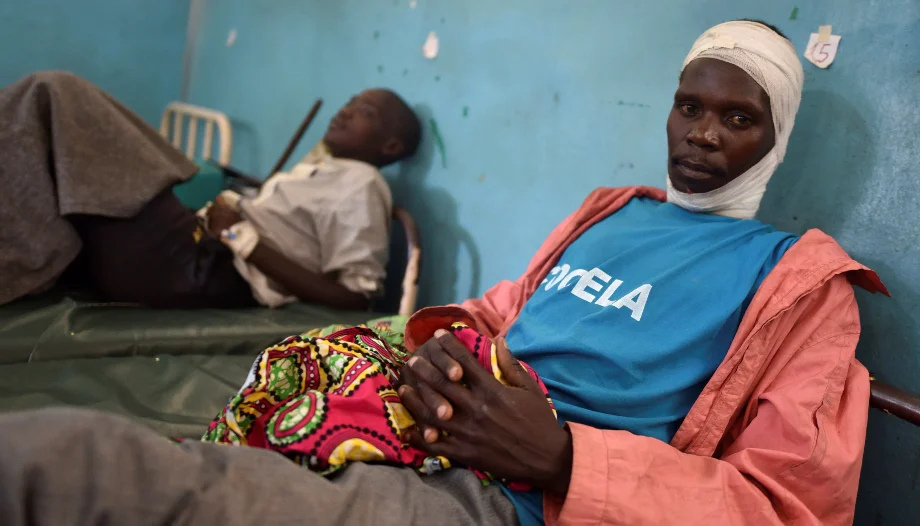
 200 Christians killed in Nigeria and the silence of the Spanish mainstream press
200 Christians killed in Nigeria and the silence of the Spanish mainstream press